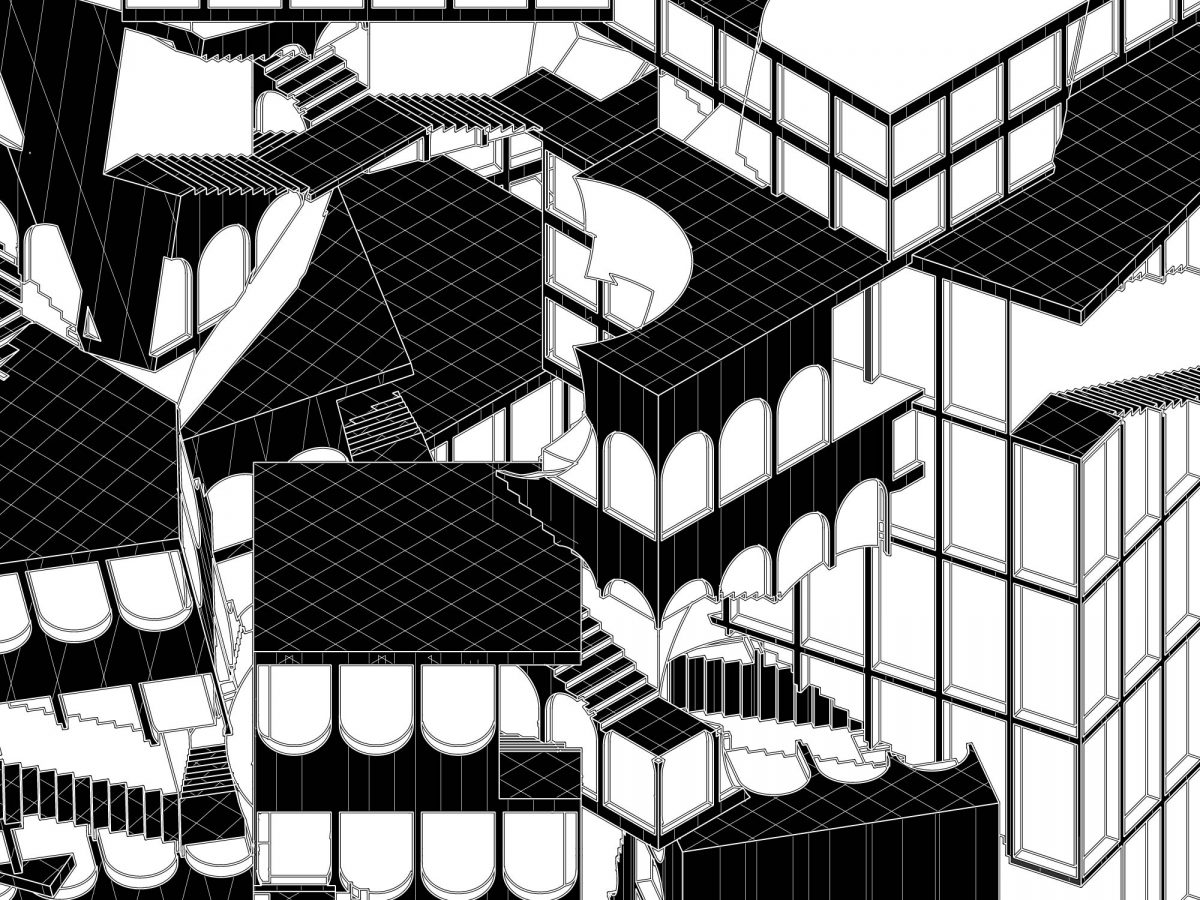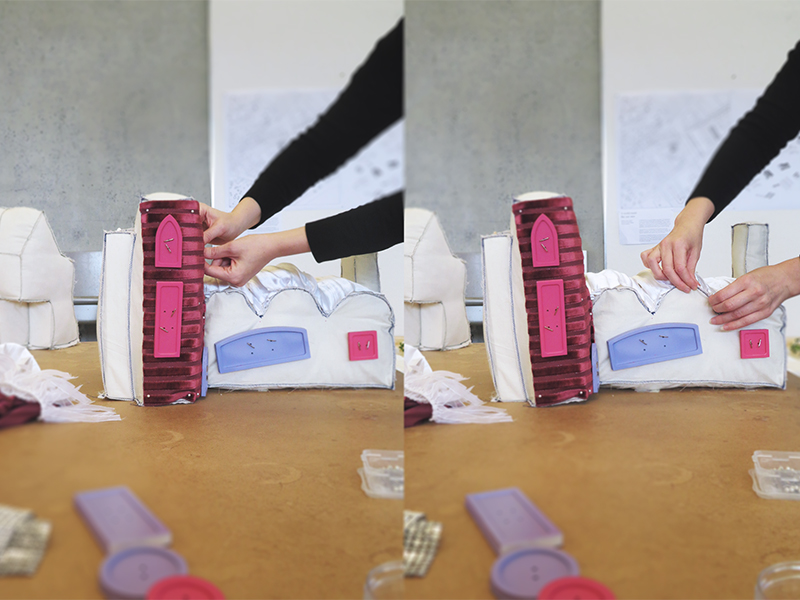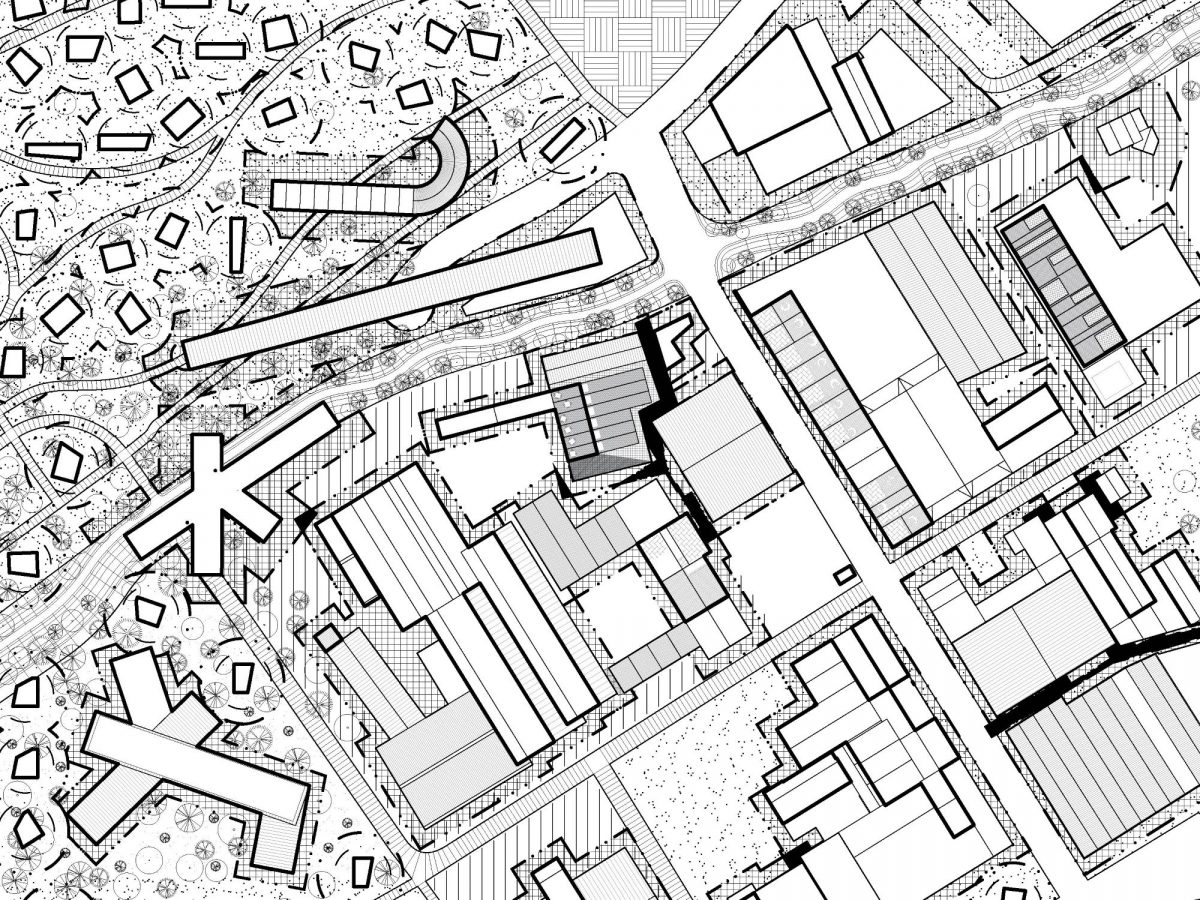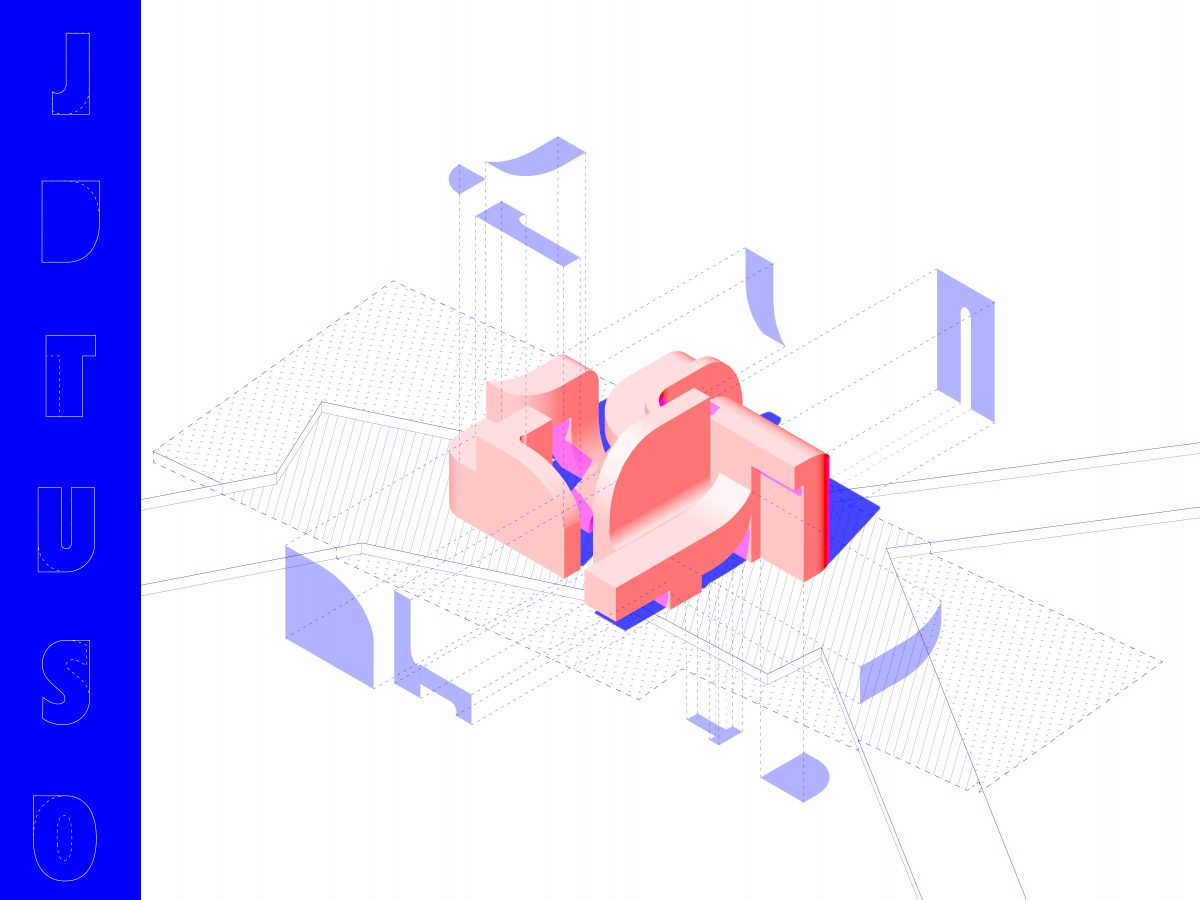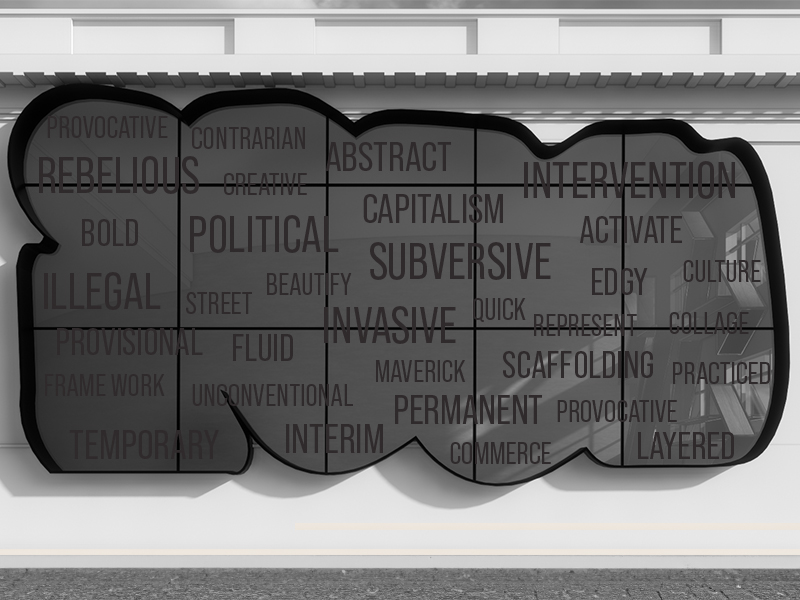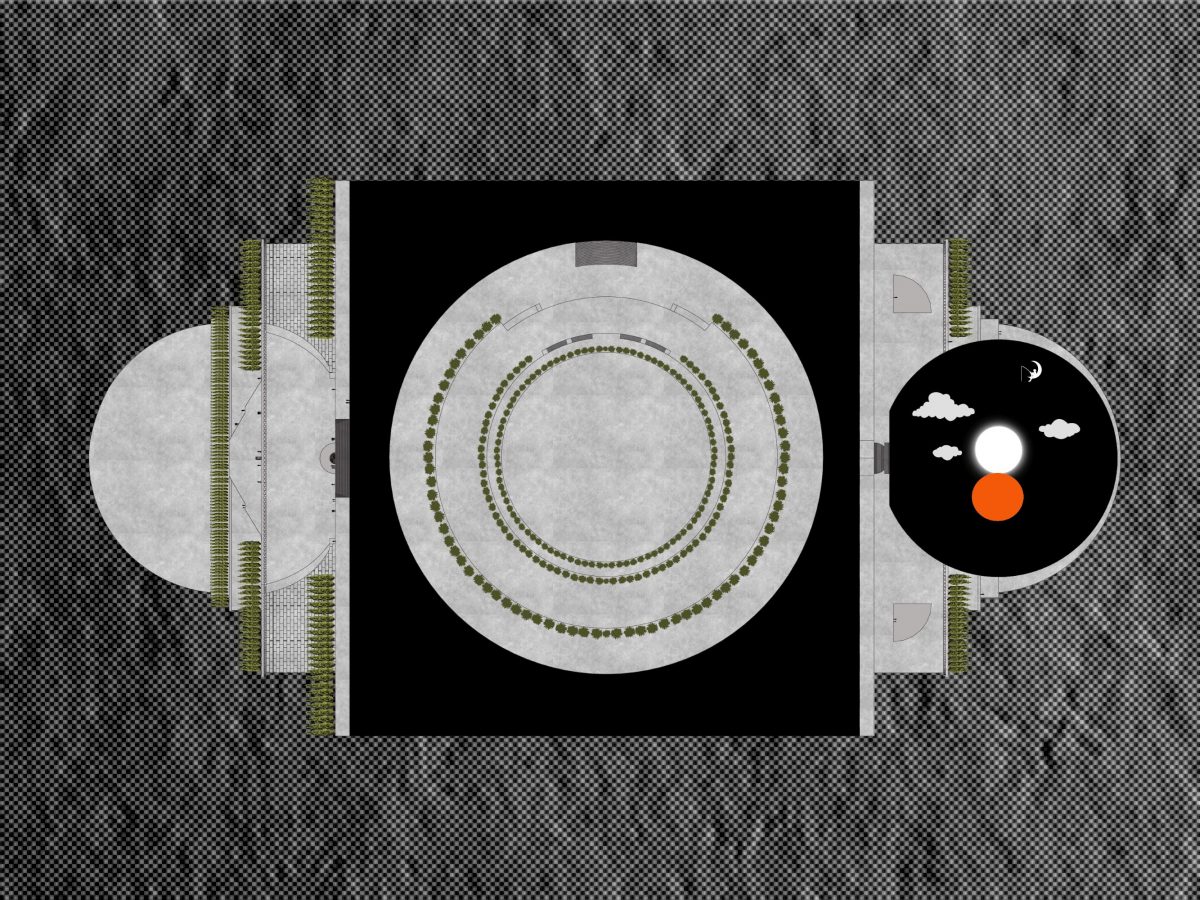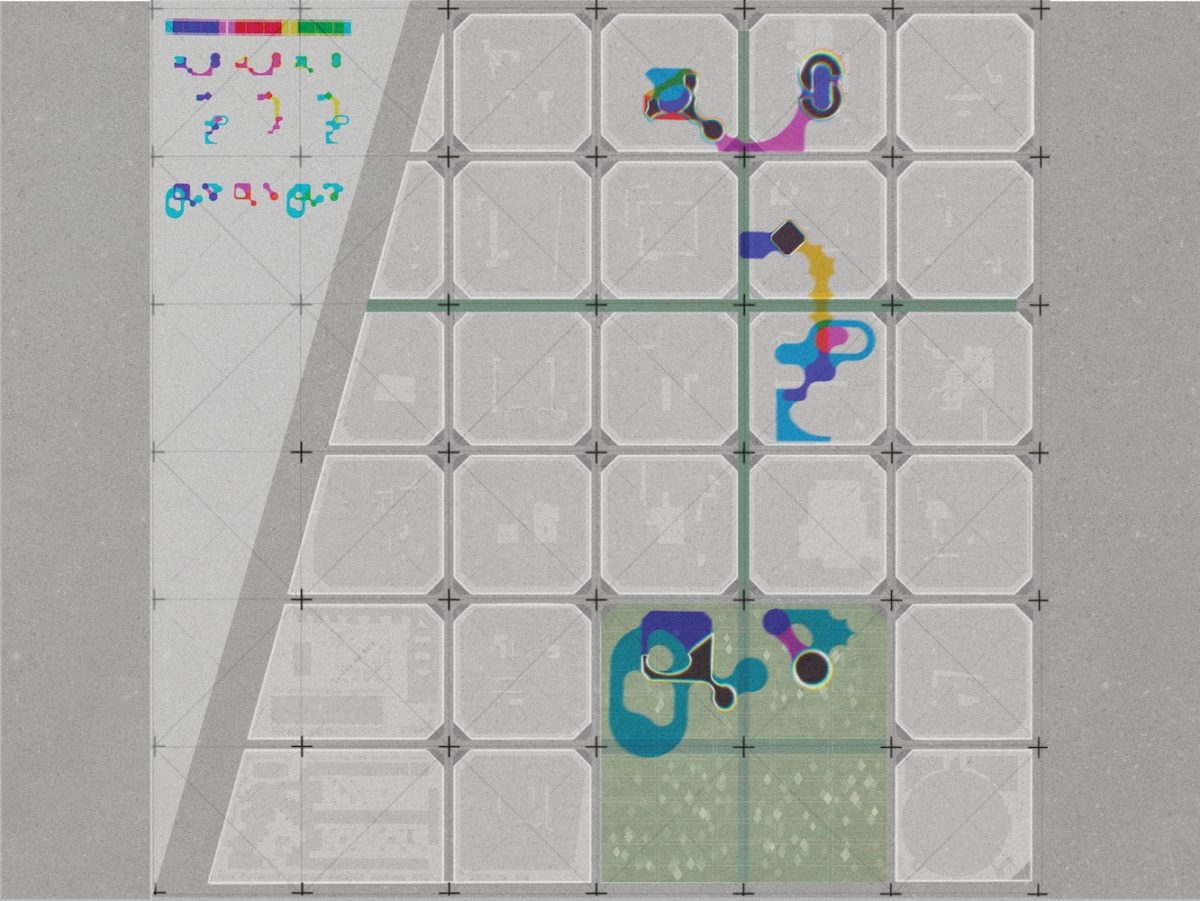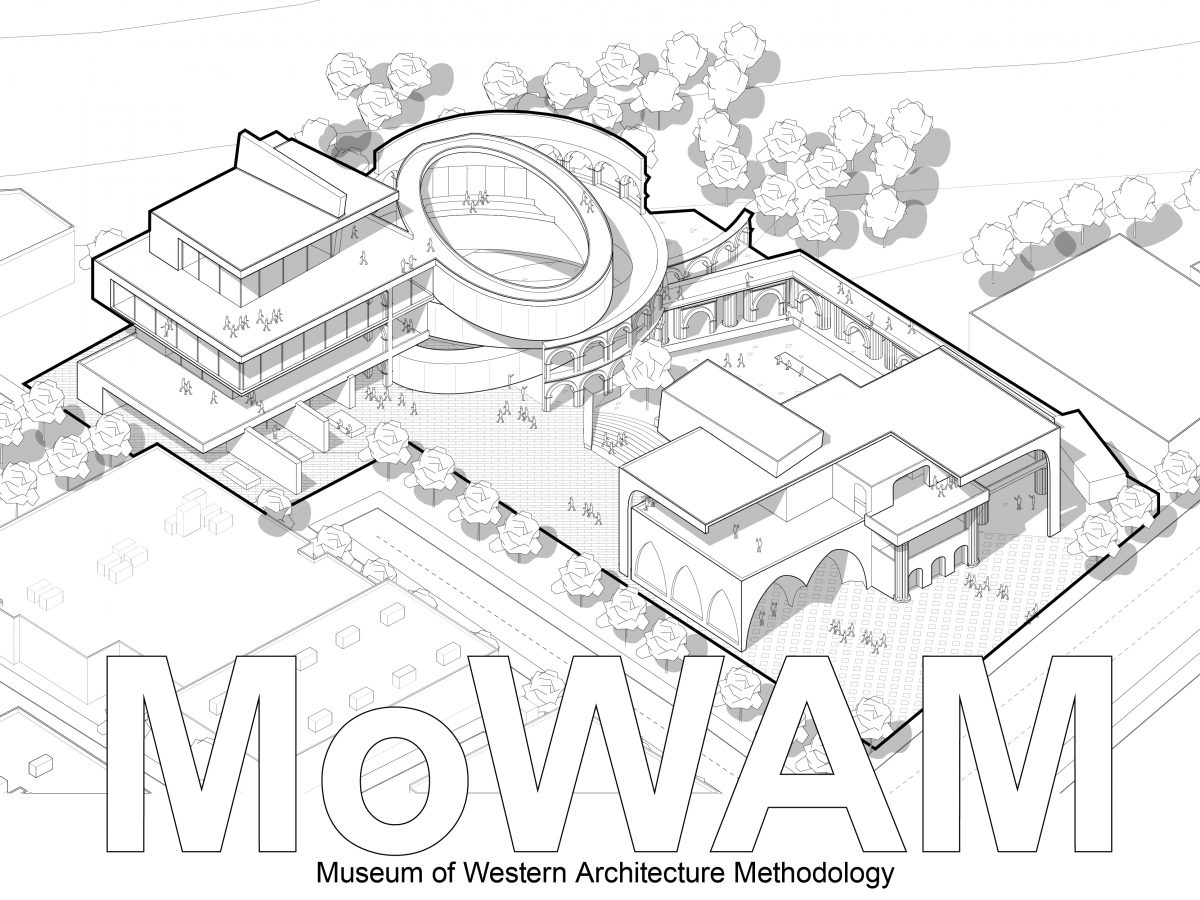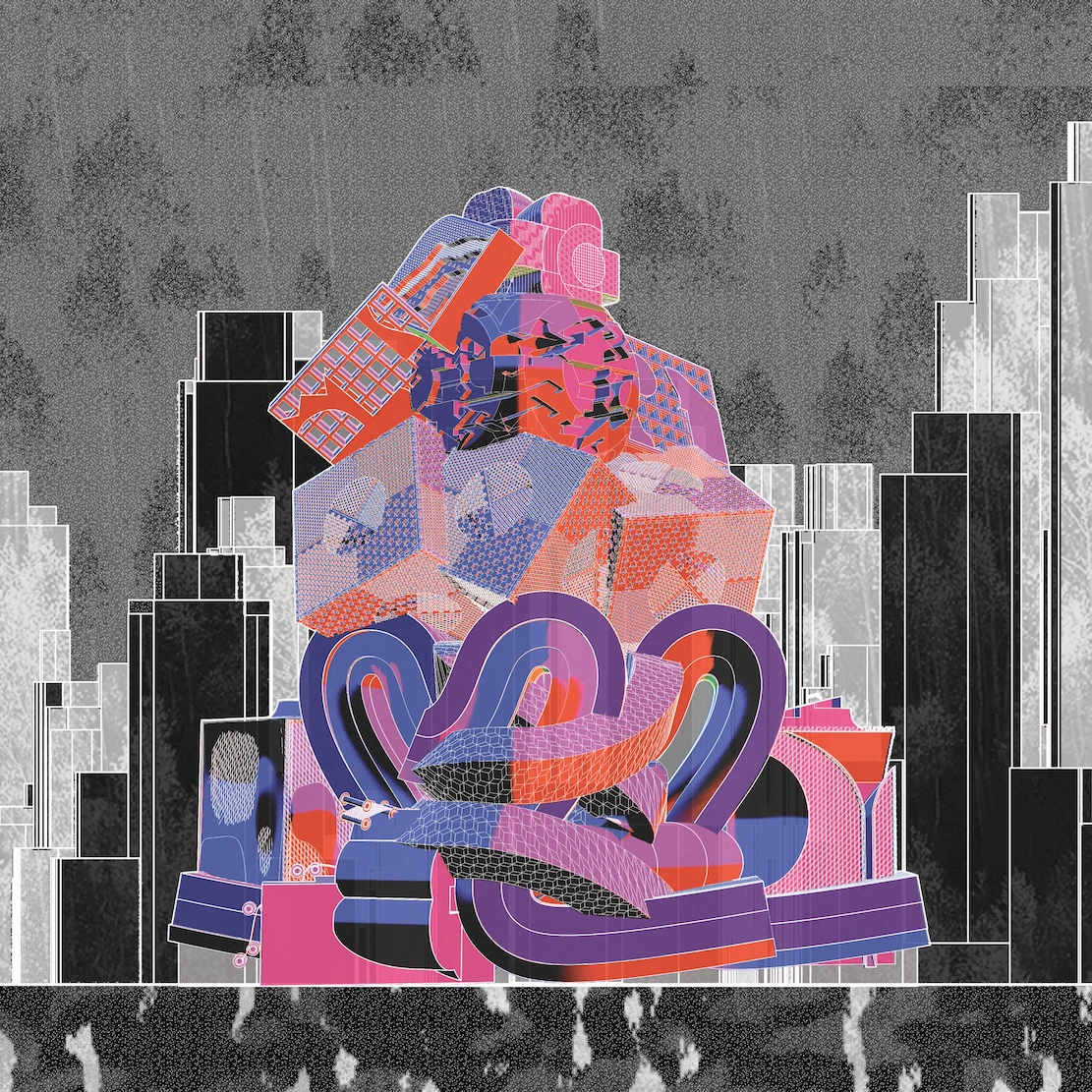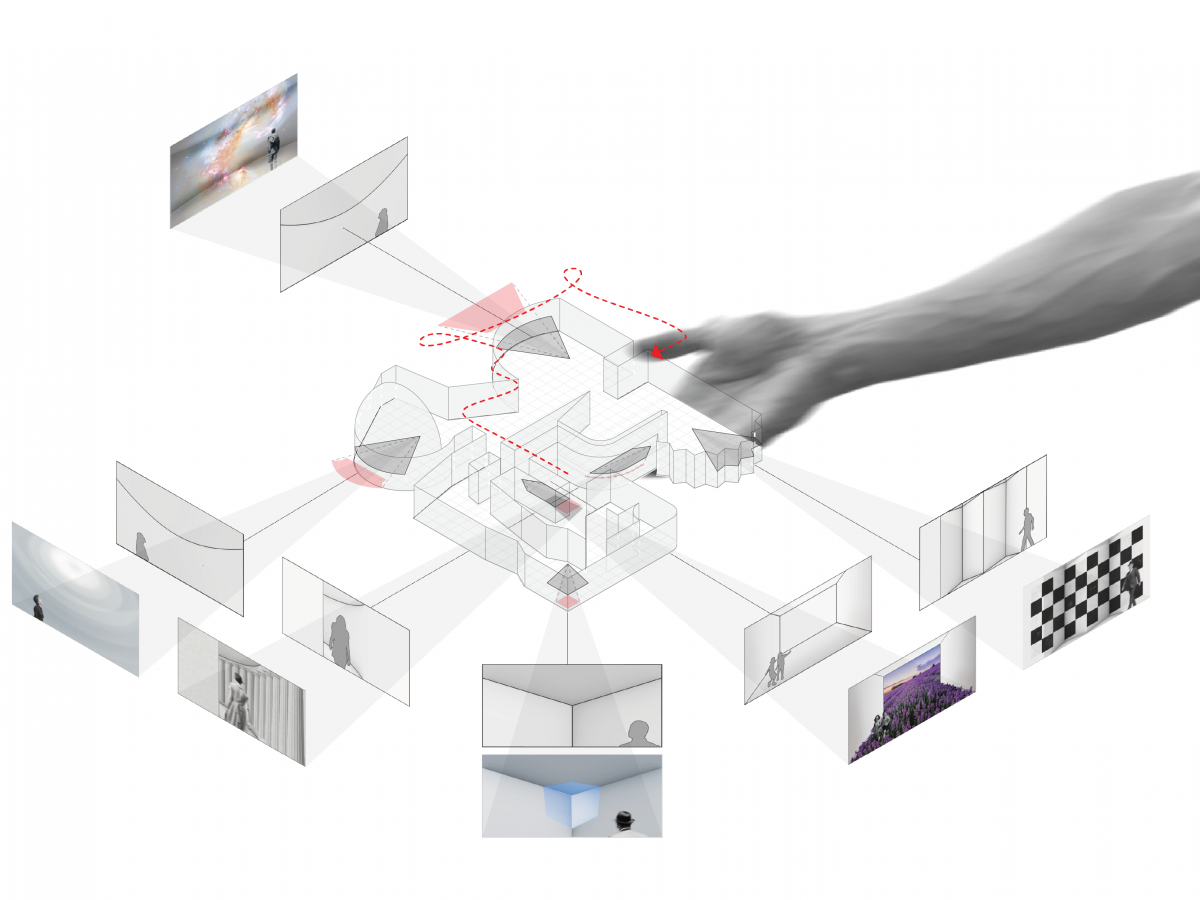According to Wikipedia, an impossible object is a type of optical illusion that consists of a two-dimensional figure which is instantly and naturally understood as representing a projection of a three-dimensional object but cannot exist as a solid object. 1 Inspired by “the impossible object”, this thesis aims to explore the collision between two-dimensional flat drawings and three-dimensional architectural space. When a three-dimensional building is presented as a two-dimensional drawing, we usually use a specific refraction method to restore it to three dimensions. Based on this representation of different dimensions, the thesis is interested in the relationship between flatness and solid, ambiguity and complexity, but most importantly, the possibility of architectural space and representation.
